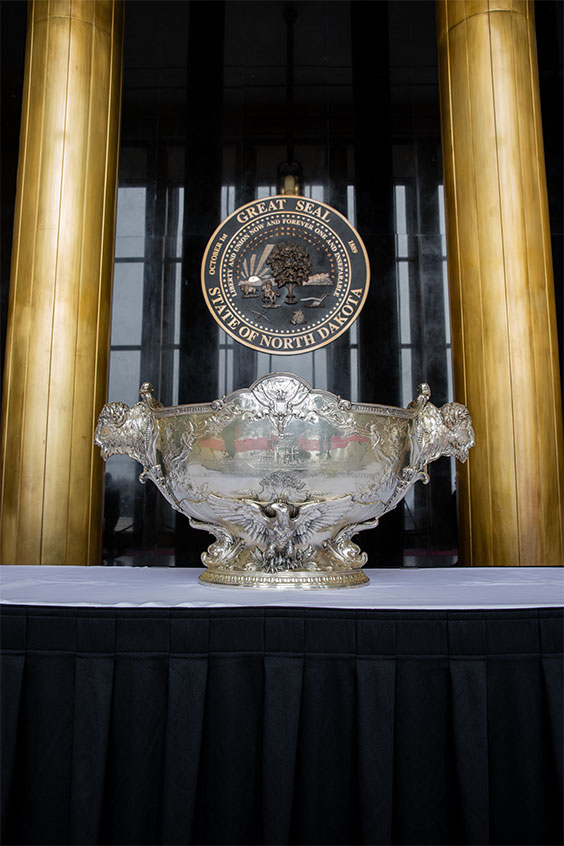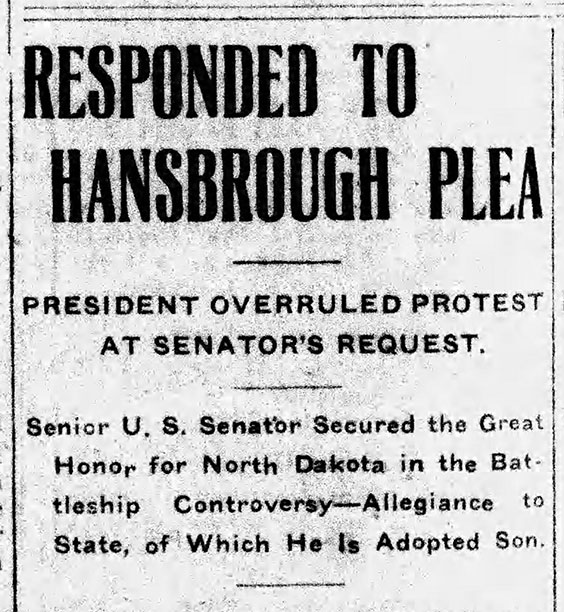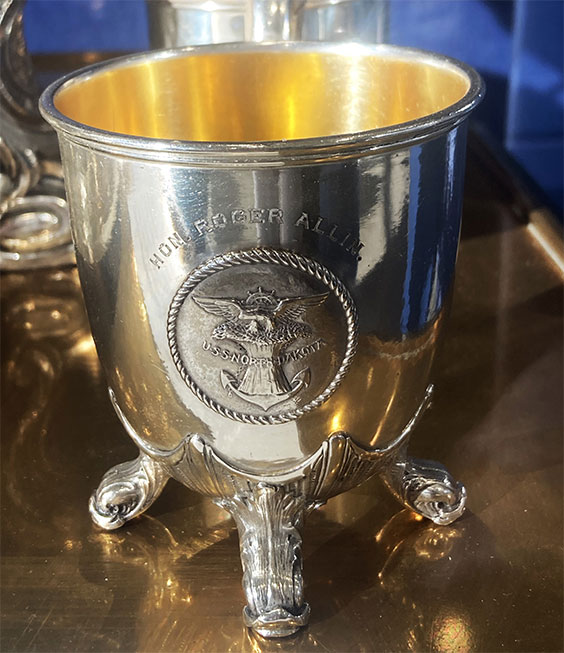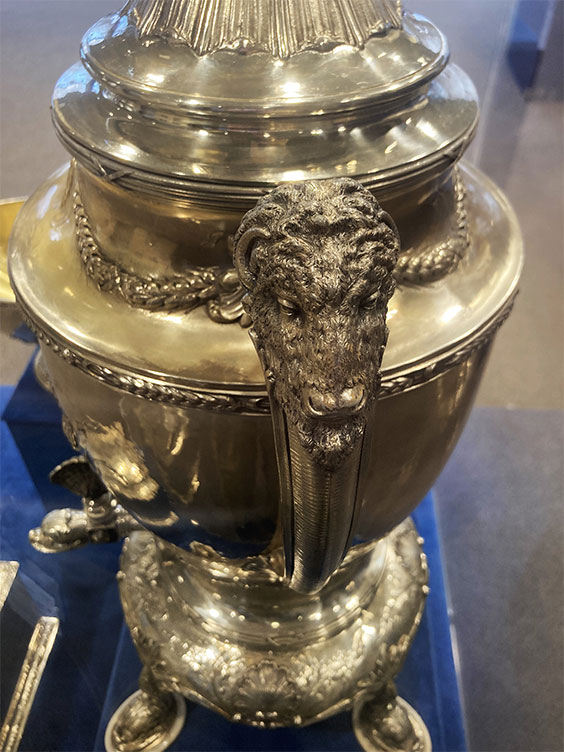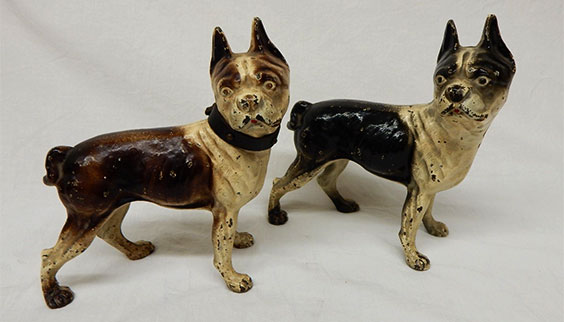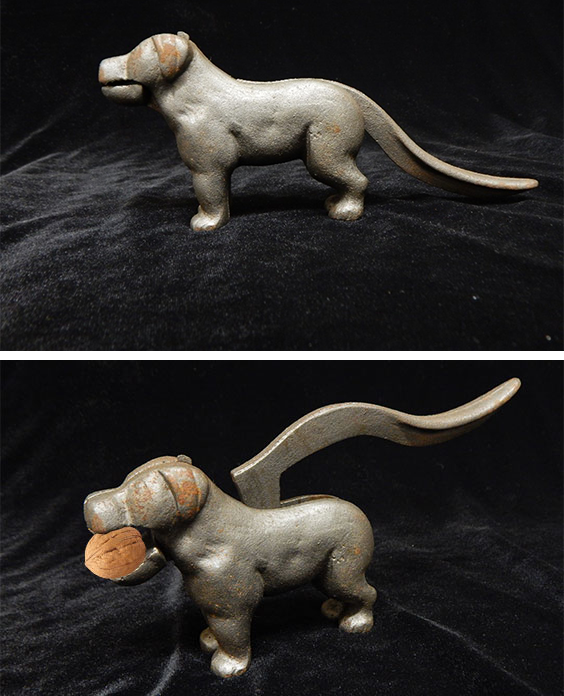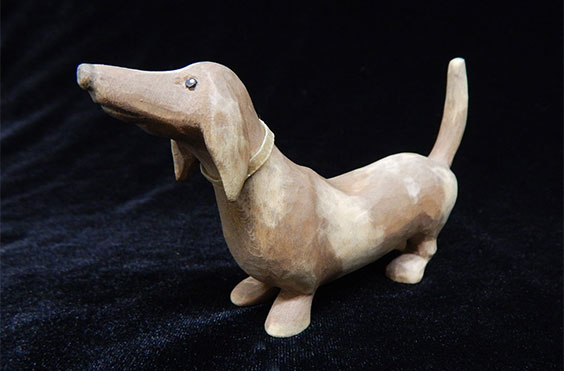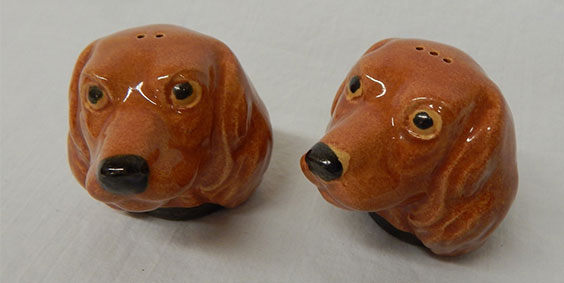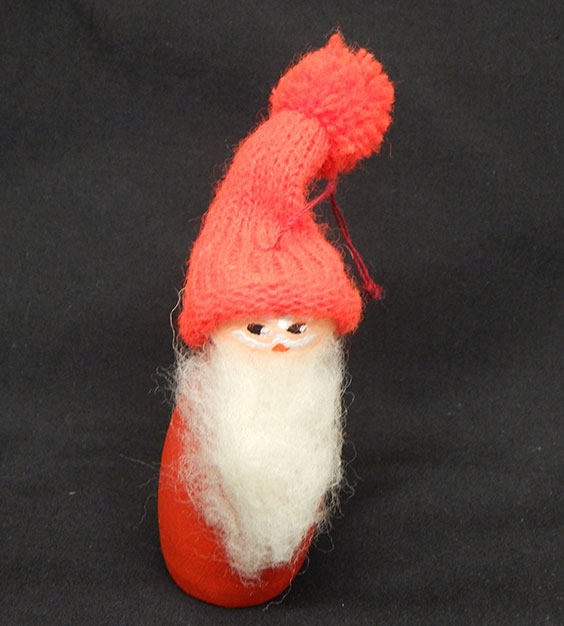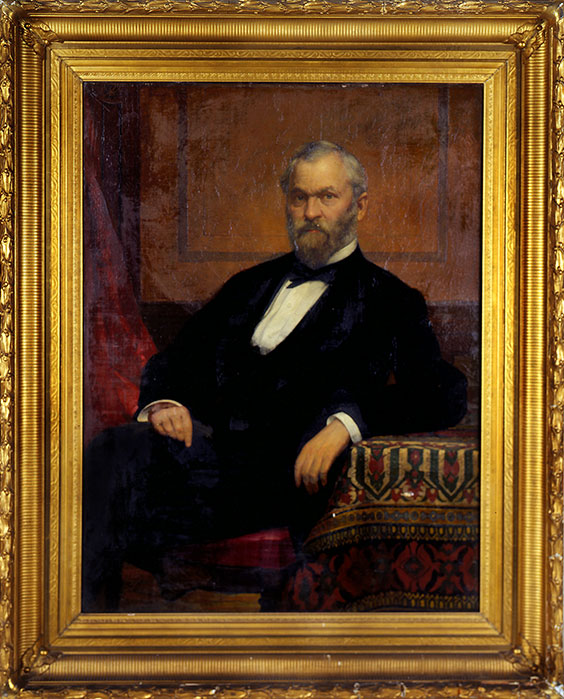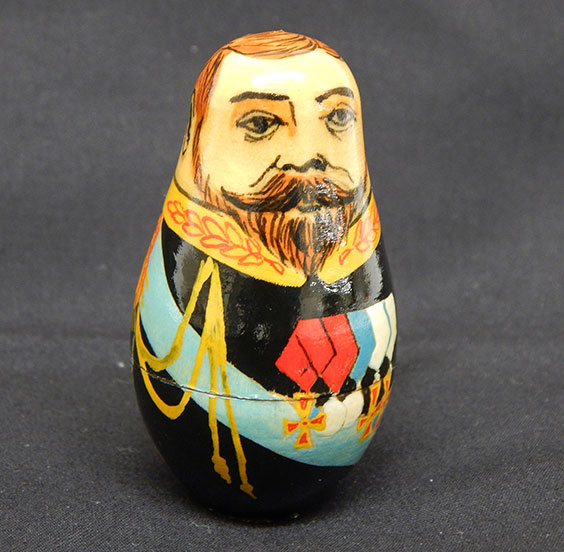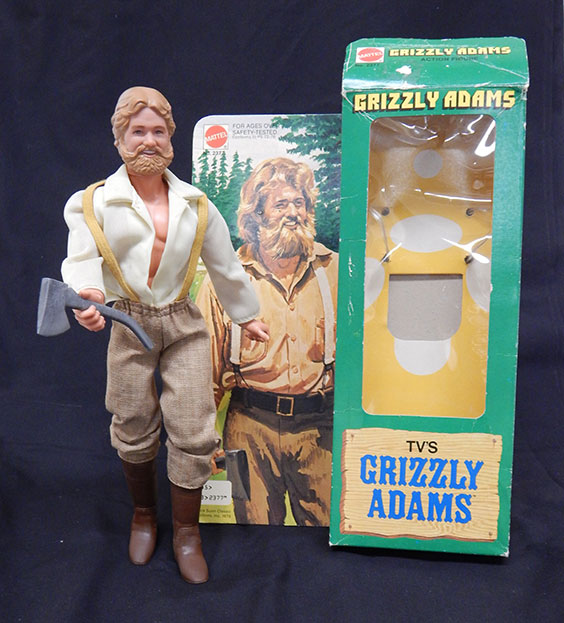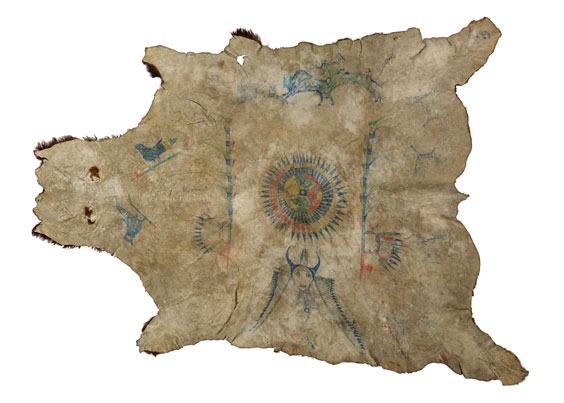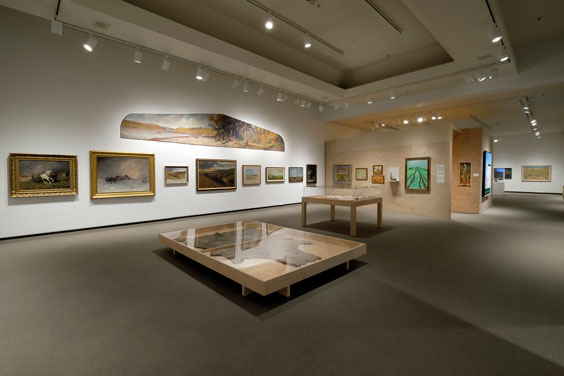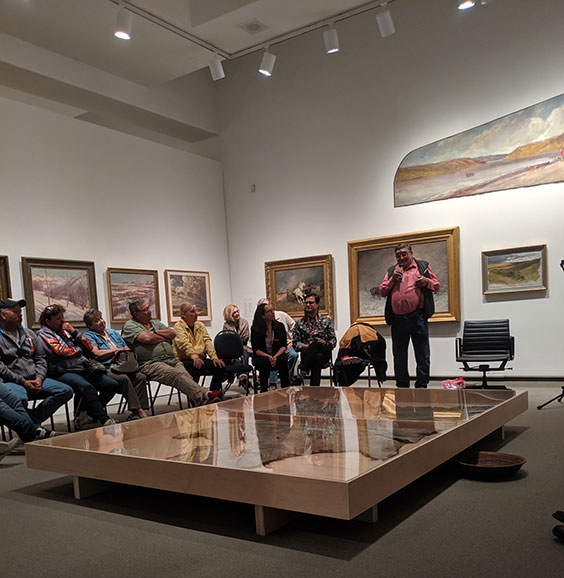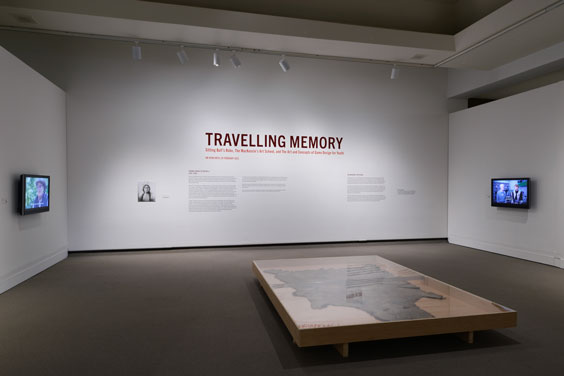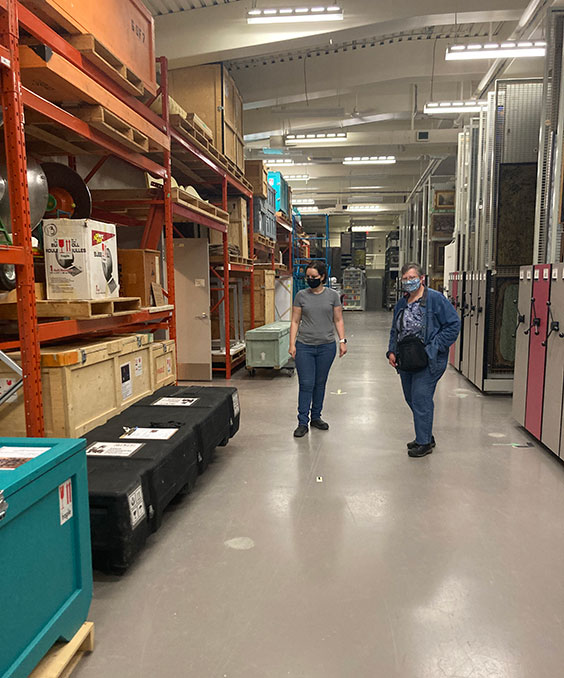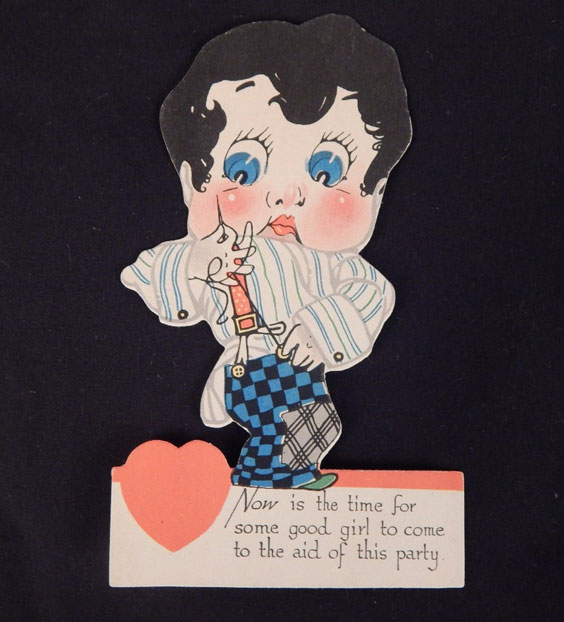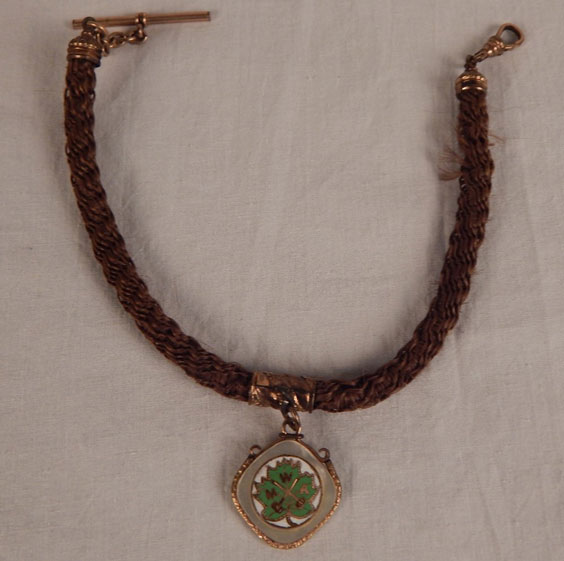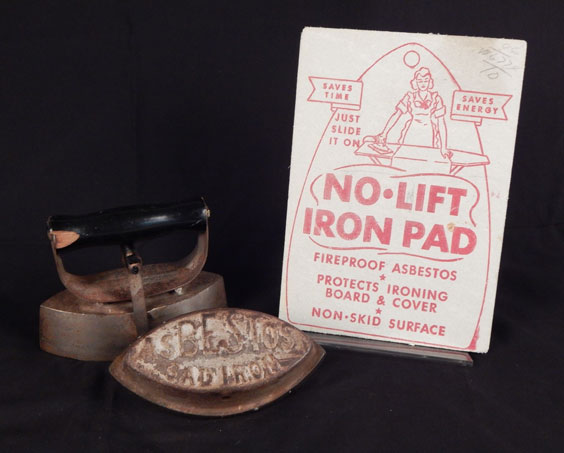Cheers to the New Year! 5 Alcohol-related Artifacts From the State Collections
Many North Dakotans will soon be ringing in the New Year with a toast. Here are some conversation starters from the state collections for your New Year’s parties.
1. Turtle Mountain Brewery Barrel Branding Iron
Local breweries were a thriving business in northern Dakota Territory. The Turtle Mountain Brewery served the Rolette County area from around 1886 until 1889 when North Dakota joined the union as a dry state. Carl Stofft, a German immigrant, founded the Dunseith-based business. Stofft worked with Francis Higgins, a cooper who constructed the vats and barrels likely marked with this brand.
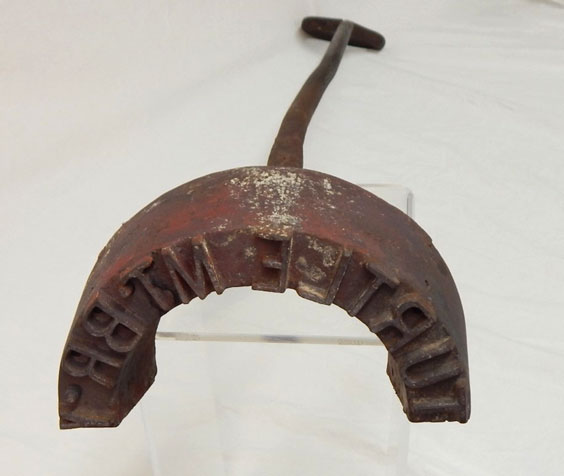
The “TURTLE MT. BR.Y” brand. SHSND 2018.95.1
2. Prohibition Beer
When the 18th Amendment took effect in 1920, not much changed for North Dakotans. Many had been ignoring the dry state’s prohibition laws since 1889. On Oct. 8, 1930, undercover Prohibition agent Leo St. Martin bought this bottle of homemade beer for 45 cents from Lance Zimmer at a Bismarck residence. The bottle was labeled as evidence in the liquor trafficking case against Zimmer. Zimmer pled guilty to the charge.
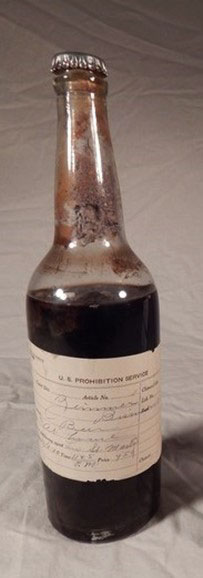
Beer bottle with evidence label from the U.S. Prohibition Service. SHSND 14227
3. Woman’s Christian Temperance Union Ruler
Here’s one for the teetotalers. The Woman’s Christian Temperance Union (WCTU) promoted social reform by encouraging abstinence from alcohol. Members were loud proponents of both Prohibition and woman suffrage. Viola Leissman, a member of Bismarck’s WCTU chapter, collected this ruler.

WCTU ruler (front and back). The initials “EL” on the back are from Viola’s son, Emerson. SHSND 2011.30.19
4. Dakota Beer Six-Pack
In 1932, North Dakotans voted to repeal the state’s ban on alcohol with federal Prohibition ending the following year. Around this same time, the state also legalized the manufacture, sale, and distribution of beer. But it took decades for the brewing industry in North Dakota to revive. Dakota Malting and Brewing Company was North Dakota’s first post-Prohibition brewery. The Bismarck-based company produced its first batch of Dakota Beer in 1961 but closed its doors a few years later in 1965.
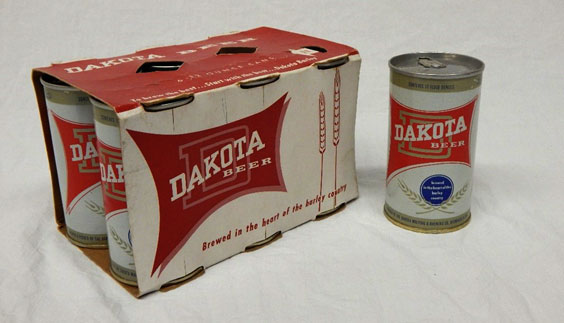
“Dakota Beer: Brewed in the heart of barley country.” SHSND 1978.41.1
5. Bismarck Distillery Canned Cocktail
While beer regained its legal status in the state in 1933, liquor had to wait three more years. Nowadays, craft breweries and distilleries are successful businesses. A North Dakotan bought this Bismarck Distillery apple pie-flavored vodka cocktail while visiting Send It! 24/7 Cornhole in Mandan.

A ready-to-drink cocktail from Bismarck Distillery. SHSND 2024.1.1
I hope your New Year’s is made brighter by these fun facts from the past. Cheers!


